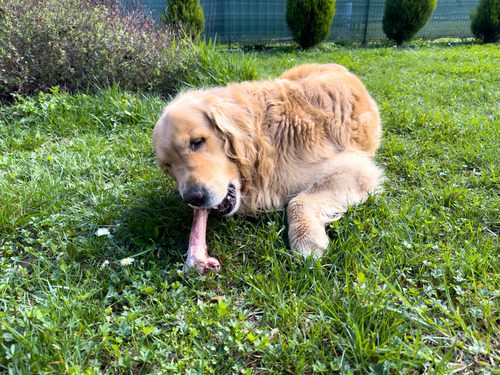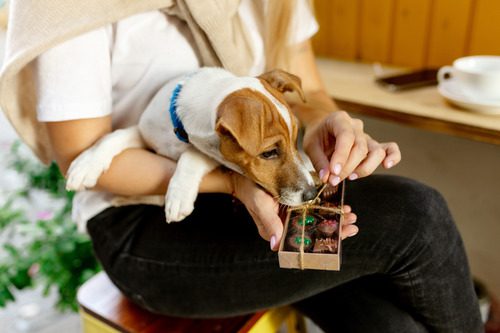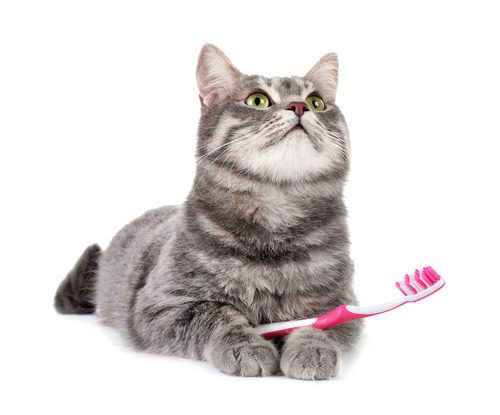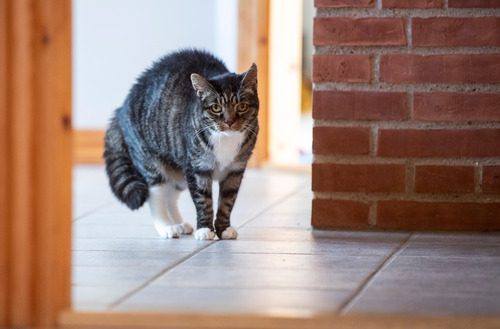Managing Your Pet’s Anxiety
How to Manage Your Pet’s Anxiety
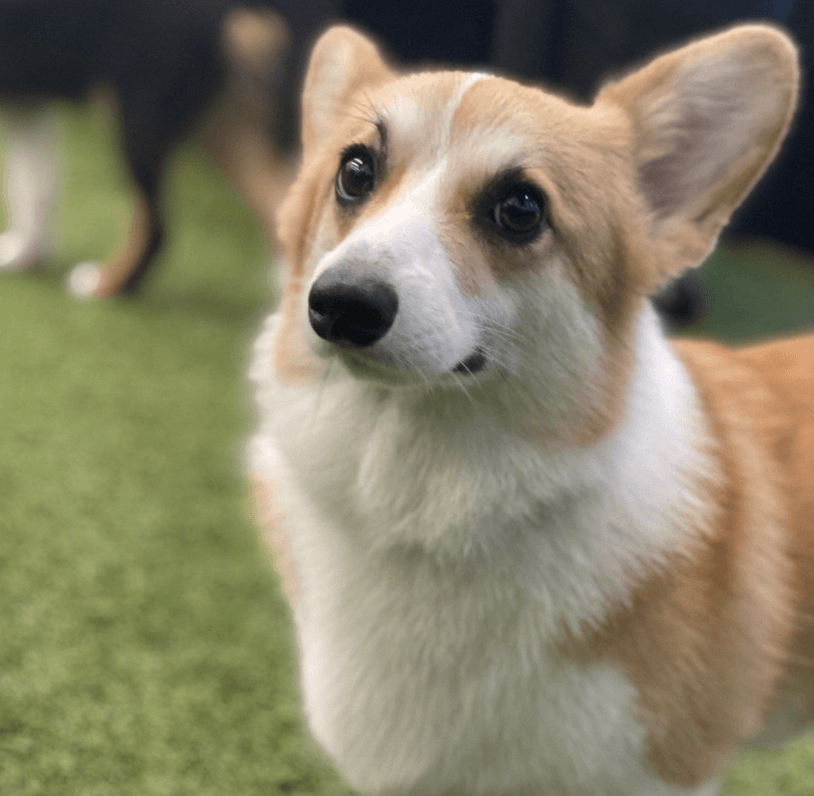
Someday soon, things will begin to return to a new “normal.” Businesses will reopen and people will be encouraged to leave their homes for work and for entertainment. When this happens, our pets will find themselves left home alone once again. After all of this time in quarantine or under stay at home orders together, our pets have become even more dependent on us. This dependence will likely lead to increased anxiety and anxious behaviors as we begin to return to some sense of normalcy and leave the house for longer periods of time. In this post, we will tackle some of the ways you can help your pet adjust back to a new sense of normal!
Enrichment:
- The number one key to keeping your pets less anxious when you leave the house is to keep them entertained! Proper enrichment involves finding the different types of entertainment your pet enjoys most and using them to focus their attention away from your absence. If you are your pet’s only source of entertainment, it makes sense that they would become dependent on you for happiness. By enriching your pet’s environment, they are less likely to become bored and anxious. Some ideas for enrichment that work for both cats and dogs include the following:
- Puzzle toys: Feed meals using different puzzle toys that distract your pet and make them think. Working for their food can help a pet burn calories while also giving them something fun to do! Different puzzles will take up different amounts of time and may only work for some pets. There are plenty of different options to explore to find one that works well for your pet in your home.
- Frozen treats: Freezing a snack of wet food in a kong or toy can lead to a longer-lasting tasty distraction! For all of the food-related enrichment, remember to build those treats or meals into your daily calorie count for your pet. We want to have a happy pet, but ideally a fit and healthy one!
- Leave the TV or music on. Many pets can find entertainment from the background noise or the visuals and sound from a TV. For pets with noise-related anxiety, having this background noise can also help minimize your pet’s reactivity to the sounds coming from outside the house.
- Non-food related toys: Make sure to leave out your pet’s favorite toys so they can entertain themselves at home. You can also look for electronic toys that can be set to go off for a longer period after you leave.
Crating:
- The decision to crate your pet is not straightforward or simple. This needs to be a personal decision with regular training to ensure it is the right fit for your pet! The purpose of a crate is to give your pet a safe, contained space where they can relax until you return home. The problem is, if you force a crating experience on your pet, it can actually make the anxiety worse. If your pet sees the crate as a punishment or is fearful of confinement, crating can lead to severe injury or a sudden progression of anxiety. For this reason, you need to slowly train your pet with a crate. Training will introduce them to the crate, show them it is a safe space, and allow you to monitor their reaction to the experience. If your pet can see the crate as a protected space to wait for you, then it can be an excellent tool.
- Alternatives to crating can be to isolate your pet to a specific area of the house, either a specific room or floor. This allows you to limit their access to things you don’t want them to get into, while also giving them more freedom and opportunities for enrichment to hopefully reduce anxiety. If you choose this option for your pet, it is critical that you remove any dangerous items your pet may try to get into – food, toxins, or objects your pet may mistakenly ingest or chew.
Arrivals and Departure Triggers:
- This may not be obvious, but your individual routine for leaving the house and how you welcome your pet when you arrive home has a huge impact on how they view your absence! If you say goodbye to your pet and draw their attention to you leaving, this can trigger the anxiety instantly. On the other side, if you come home and immediately let your pet out of the crate and/or give them a ton of love and attention you have taught them that your absence is sad but that as soon as you come home, the fun begins! By downplaying the triggers of our arrivals and departures we can help make our absence less noticeable. To do this we need to make sure our pet is distracted prior to us beginning our routine of packing up to leave the house and we need to sneak out of the house as much as possible – do not make it a big deal. When arriving home, we need to continue the trend and ignore our pet for a few minutes until they have settled down. I know this can seem impossibly hard since we are just as excited to see them as they are to see us, but ignoring them will help downplay the difference between our absence and return. We can then engage and give them all the love and attention we want!
General Anxiety Management:
- Some pets have generalized anxiety that becomes unmanageable when we leave them at home alone. By managing some of the general anxiety, we can help calm our pets overall! Below are a few common tips to help manage general anxiety.
- Exercise: By taking dogs on long walks or to the dog park before you leave the house you can tire them out so they are less likely to react to your absence. For cats, we may need to do some active playtime with their favorite laser or mouse toy.
- Pheromones: For both dogs and cats there are natural pheromone products that can help naturally reduce anxiety at home. Ask your veterinarian for any recommendations!
- Medication: Anti-anxiety medication for pets is a wonderful option in cases of extreme anxiety. If you have tried all of the above options for managing your pet’s stress and feel they are still struggling, please consult with your veterinarian to find the best option for anti-anxiety medication for your individual pet.
At Heart + Paw, we believe in low-stress care and management, with these tips and tricks, you can ensure your home remains low stress as well!
Recent Posts
Can Dogs Eat Ham?
Ham is a popular meat found on many dinner tables, especially during the holidays. As a dog…
8 Signs and Symptoms of Diabetes in Dogs
Caring for a dog means being tuned in to the subtle changes that can reveal their overall…
Why Dogs Can’t Eat Chocolate and Tips for Keeping This Sweet Treat Out of Their Reach
Chocolate is a beloved indulgence for us, but for our dogs, it’s a hidden danger that can…
Why Cat Teeth Cleaning is Important For Your Pet’s Health
As a cat owner, you know how important it is to care for your feline friend’s overall…
Cat Body Language: A Guide To Understand What Your Cat is Telling You
Imagine trying to communicate without words, relying solely on subtle gestures, glances, and movements. This is how…
About Us
Heart + Paw was founded in 2018 by Chief Veterinary Officer Dr. George Melillo, who currently serves the Mid-Atlantic area. Heart + Paw offers a combination of veterinary care, pet grooming, and dog daycare to help be a resource in your pet parenthood journey.
We'd Love to Meet Your Four-Legged Friends
Find out how the friendly veterinary team at your local Heart + Paw can help your pets live longer, healthier lives by searching for a location near you.

